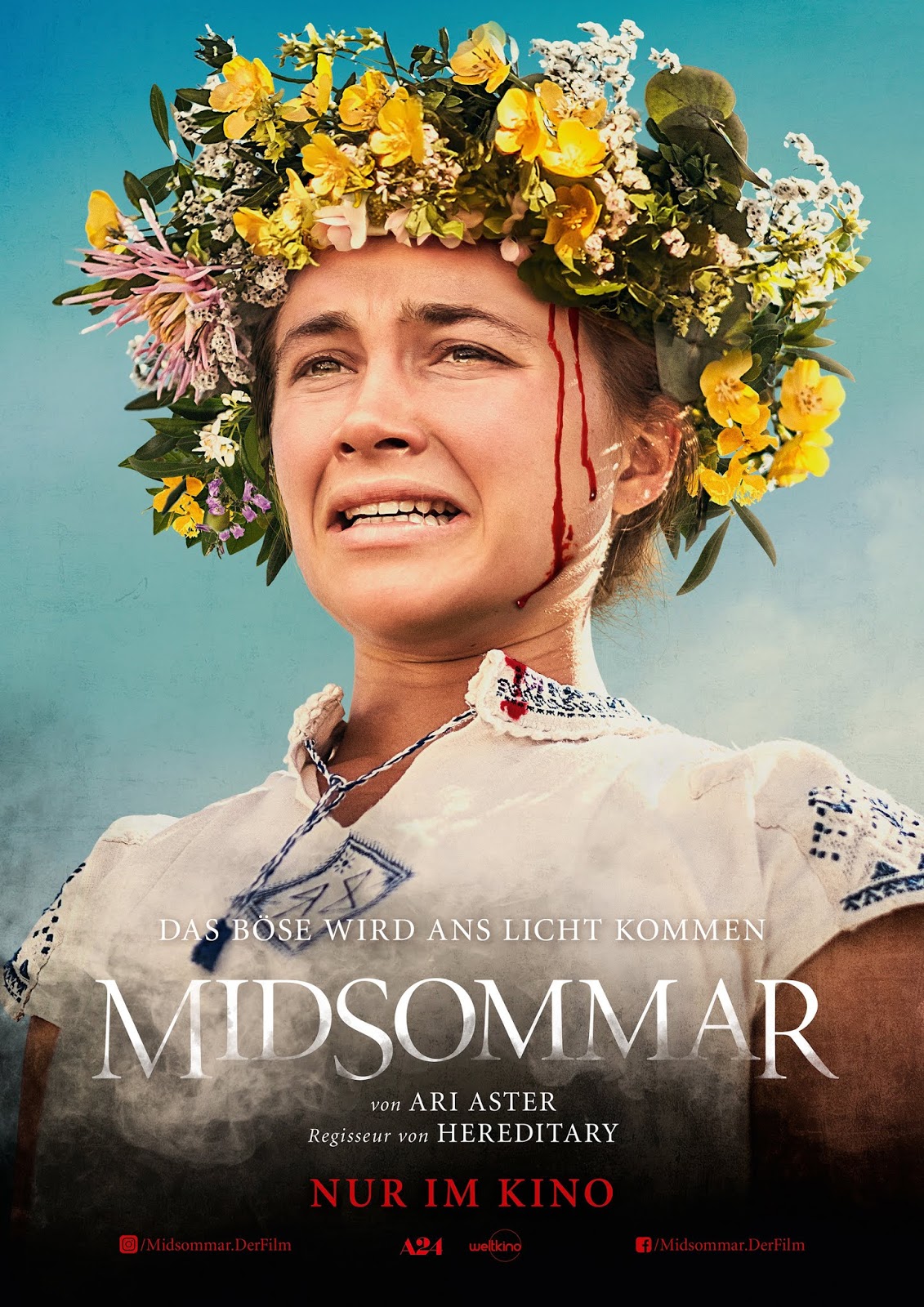Midsommar: The Haunting Beauty Of Daylight Horror
Midsommar is a film that captivates audiences with its unique blend of horror and beauty, set against the backdrop of a seemingly idyllic Swedish festival. Directed by Ari Aster, this film takes viewers on a journey through grief, relationships, and the unsettling aspects of a sun-soaked celebration. In this article, we will explore the various elements that make Midsommar a standout film, delving into its themes, symbolism, and the cultural significance of its storytelling.
Whether you are a fan of horror films or simply intrigued by psychological dramas, Midsommar offers a rich tapestry of themes that resonate with many. Join us as we delve into the haunting beauty of Midsommar, exploring its profound impact on the horror genre and its place within contemporary cinema.
Table of Contents
- Introduction
- Background of Midsommar
- Themes Explored in Midsommar
- Symbolism in Midsommar
- Character Analysis
- Cultural Significance of Midsommar
- Reception and Impact
- Conclusion
Background of Midsommar
Midsommar, released in 2019, is the second feature film by Ari Aster, who gained fame with his debut film Hereditary. The film follows a group of friends who travel to Sweden to attend a midsummer festival that occurs once every ninety years. What begins as a picturesque getaway quickly devolves into a nightmare as they become ensnared in the village's dark customs. The film has been praised for its cinematography, direction, and the way it subverts typical horror tropes.
Biographical Information
| Director | Ari Aster |
|---|---|
| Release Date | July 3, 2019 |
| Genre | Horror, Drama |
| Production Company | A24 |
| Running Time | 147 minutes |
Themes Explored in Midsommar
The film Midsommar delves into various themes that resonate deeply with viewers. Some of the most significant include:
- Grief and Loss: The protagonist, Dani, is grappling with the recent death of her family. This theme is central to her character's arc, showcasing how grief can manifest and influence relationships.
- Isolation: As the characters find themselves in a remote village, the theme of isolation becomes prominent. The sense of being cut off from the outside world amplifies the horror of their situation.
- Cultural Differences: Midsommar illustrates the clash between American cultural norms and the pagan traditions of the Swedish villagers, raising questions about understanding and acceptance.
- Manipulation and Control: The villagers employ psychological manipulation to maintain control over the outsiders, highlighting themes of power dynamics in relationships.
Symbolism in Midsommar
Midsommar is rich in symbolism, with various elements that enhance the narrative and deepen the viewer's experience:
- The Sun: Representing both life and death, the relentless daylight in Midsommar symbolizes the inescapability of truth and the exposure of hidden horrors.
- Flowers: The use of flowers throughout the film serves as a dual symbol of beauty and decay, reflecting the characters' emotional states and foreshadowing their fates.
- Rituals: The various rituals depicted in the film symbolize the cyclical nature of life and death, emphasizing the cultural significance of traditions in shaping human experiences.
Character Analysis
The characters in Midsommar are essential to understanding the film's themes and emotional weight. Here are some key characters:
- Dani Ardor: The film's protagonist, who embodies the fragility of human emotion as she navigates her grief and the complexities of her relationships.
- Christian Hughes: Dani's boyfriend, whose struggles with commitment and emotional detachment highlight the theme of manipulation in relationships.
- Mark and Josh: Friends of Christian, who represent different aspects of male identity and the consequences of cultural misunderstanding.
Cultural Significance of Midsommar
Midsommar not only entertains but also prompts discussions about cultural practices and the nature of horror. The film challenges viewers to consider how different cultures perceive death, rituals, and community. Aster's work invites audiences to reflect on their own beliefs and the sometimes grotesque nature of human traditions.
Reception and Impact
Midsommar received critical acclaim upon its release, with many praising its visual storytelling and emotional depth. The film's success at the box office and among critics solidified Aster's reputation as a master of psychological horror. Its impact on the genre is evident, as it has inspired discussions about the role of horror in exploring complex human emotions and societal issues.
Conclusion
Midsommar stands as a remarkable achievement in contemporary horror, blending beauty and terror in a unique way. Through its exploration of grief, cultural differences, and the human condition, the film resonates with audiences on multiple levels. As you ponder the haunting imagery and themes presented in Midsommar, consider how this film invites reflection on your own experiences and beliefs.
We encourage you to leave your thoughts in the comments below, share this article with fellow horror enthusiasts, or explore more about the fascinating world of cinema on our website.
Thank you for joining us on this journey through Midsommar. We hope to see you again for more engaging content!
Laboutiquevip: The Ultimate Guide To Luxury Shopping
Is Blake Pregnant Again? Exploring The Rumors And The Truth
Understanding Serial Designation N: A Comprehensive Guide


